Gov.uk Verify 'needs more data sources for wider adoption'
Cabinet Office extends identity assurance scheme trial, plans to include more datasets
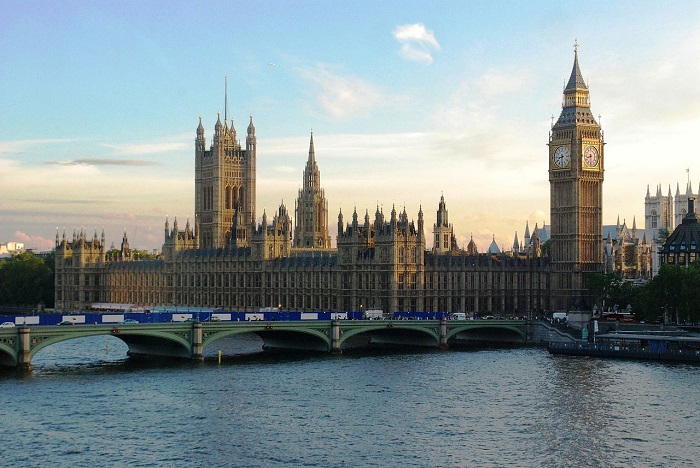
The government's identity assurance scheme requires more datasets to be used more widely, the Cabinet Office has admitted.
Gov.uk Verify is currently being trialled by HMRC for people completing self-assessment tax forms, and Whitehall boasted that 10,000 users have so far used the service.
As a result, it has extended the trial by a matter of days to last until the end of January, but the Cabinet Office has warned that a lack of data is limiting how widely the service can be used.
Programme chief Janet Hughes wrote in a blog post: "Gov.uk Verify is a new, beta service. It doesn't work for everyone yet we are building it up over time.
"The main constraint on who can use Gov.uk Verify right now is the range of evidence we can allow people to use to prove their identity."
Currently, Verify users need a UK passport, driving licence and either bank, credit card or mortgage statements to prove their identity.
But Whitehall wants to widen the range of data Verify can crunch to ascertain whether someone is who they say they are.
Get the ITPro daily newsletter
Sign up today and you will receive a free copy of our Future Focus 2025 report - the leading guidance on AI, cybersecurity and other IT challenges as per 700+ senior executives
In another blog post in December, Hughes said: "There are two main ways to do this: expanding the scope of the document checking service and encouraging certified companies to make use of more commercially available data sources."
Extra datasets would allow people without the requisite bank statements or driving licenses to use Verify, which the government eventually intends to roll out to all Gov.uk websites that require users to identify themselves.
The Cabinet Office has published a tender seeking up to 10 providers for a 150 million Verify contract, who would be tasked with examining a wider range of datasets to support Verify.
Earlier this month, the Cabinet Office reported that 3,700 people had successfully used Verify to log in under the trial, but that number accounted for only 60 per cent of users trying to use the service.
-
 The Race Is On for Higher Ed to Adapt: Equity in Hyflex Learning
The Race Is On for Higher Ed to Adapt: Equity in Hyflex LearningBy ITPro
-
 Google faces 'first of its kind' class action for search ads overcharging in UK
Google faces 'first of its kind' class action for search ads overcharging in UKNews Google faces a "first of its kind" £5 billion lawsuit in the UK over accusations it has a monopoly in digital advertising that allows it to overcharge customers.
By Nicole Kobie
-
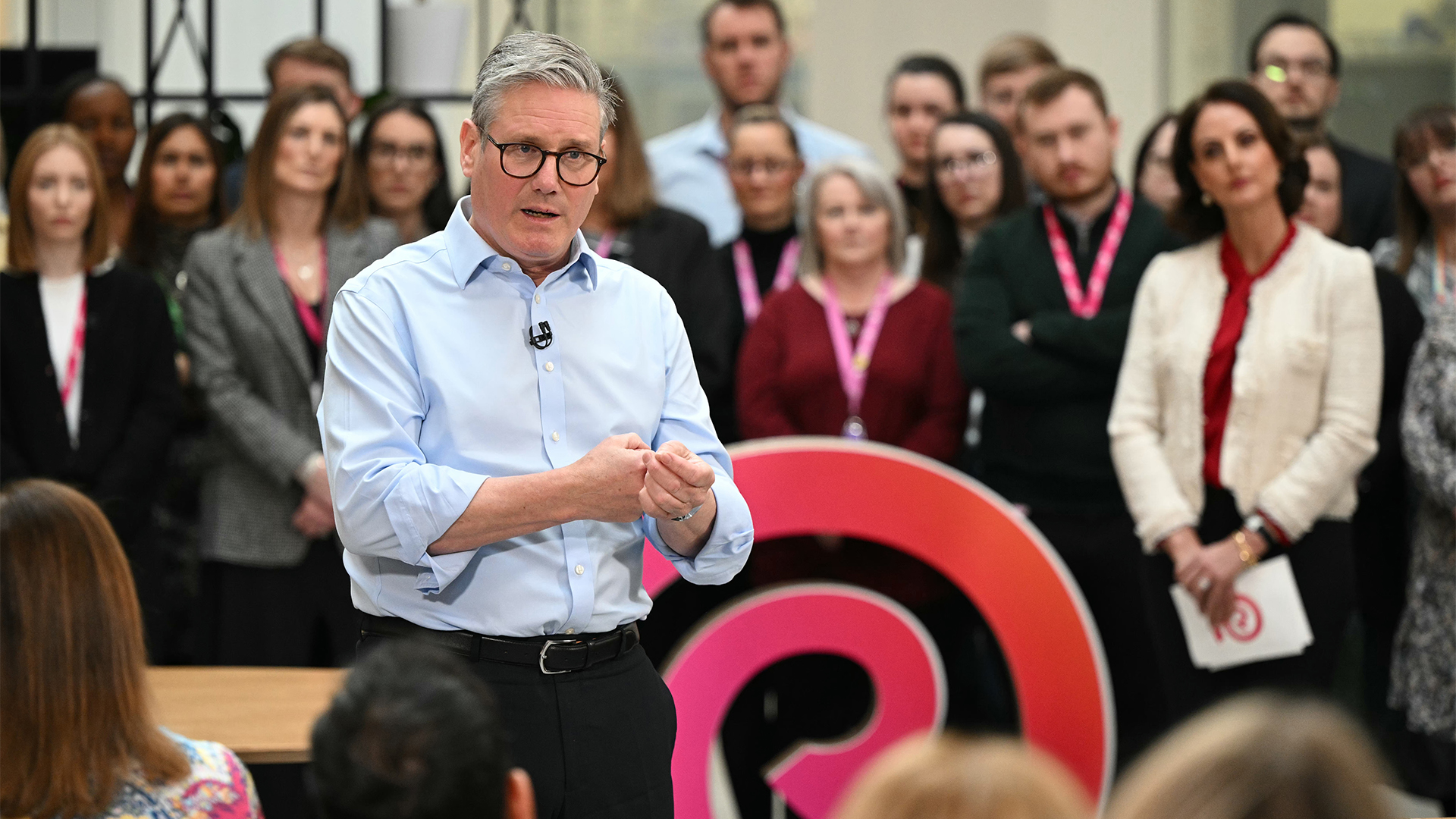 Starmer bets big on AI to unlock public sector savings
Starmer bets big on AI to unlock public sector savingsNews AI adoption could be a major boon for the UK and save taxpayers billions, according to prime minister Keir Starmer.
By George Fitzmaurice
-
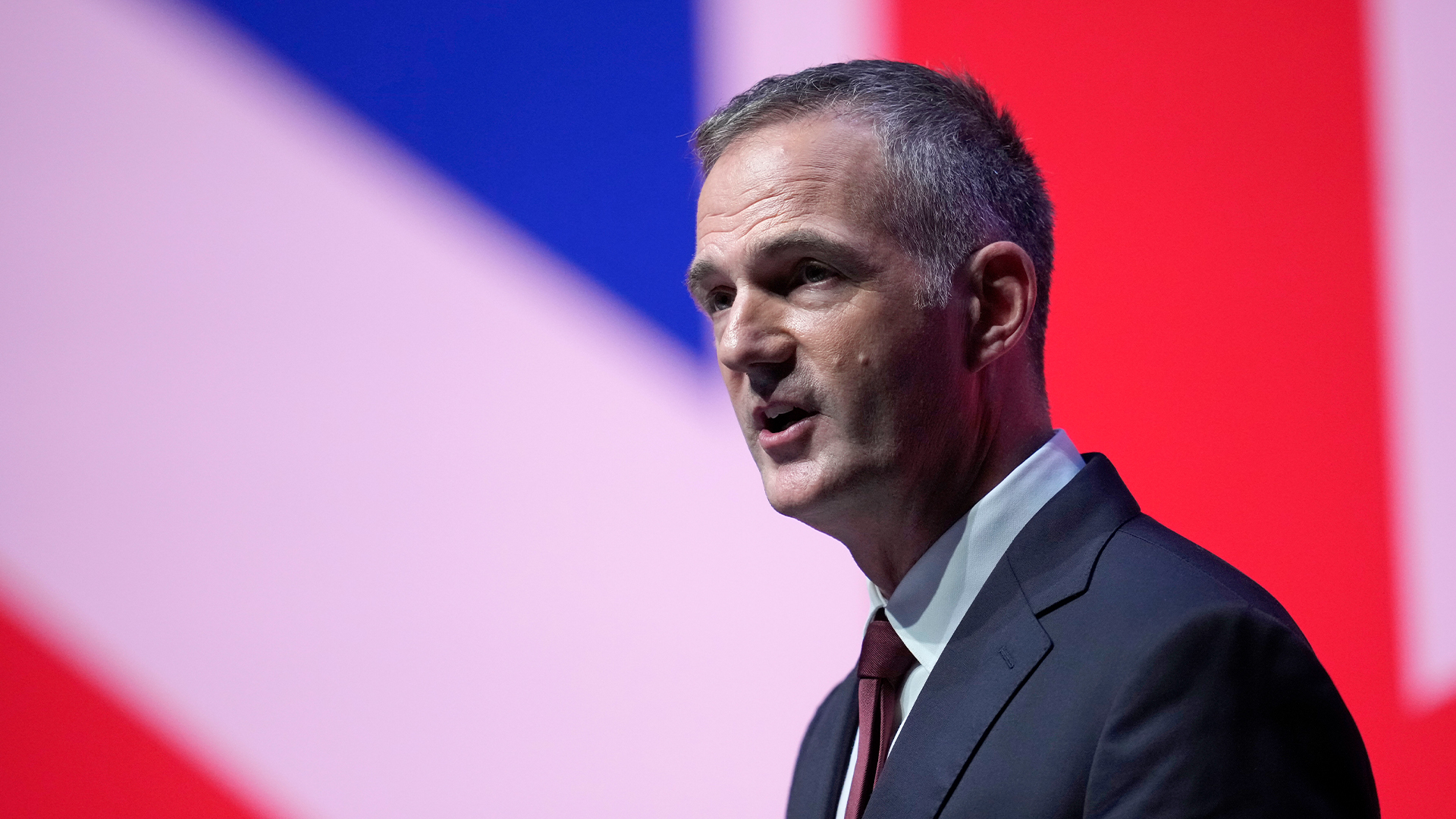 UK government targets ‘startup’ mindset in AI funding overhaul
UK government targets ‘startup’ mindset in AI funding overhaulNews Public sector AI funding will be overhauled in the UK in a bid to simplify processes and push more projects into development.
By George Fitzmaurice
-
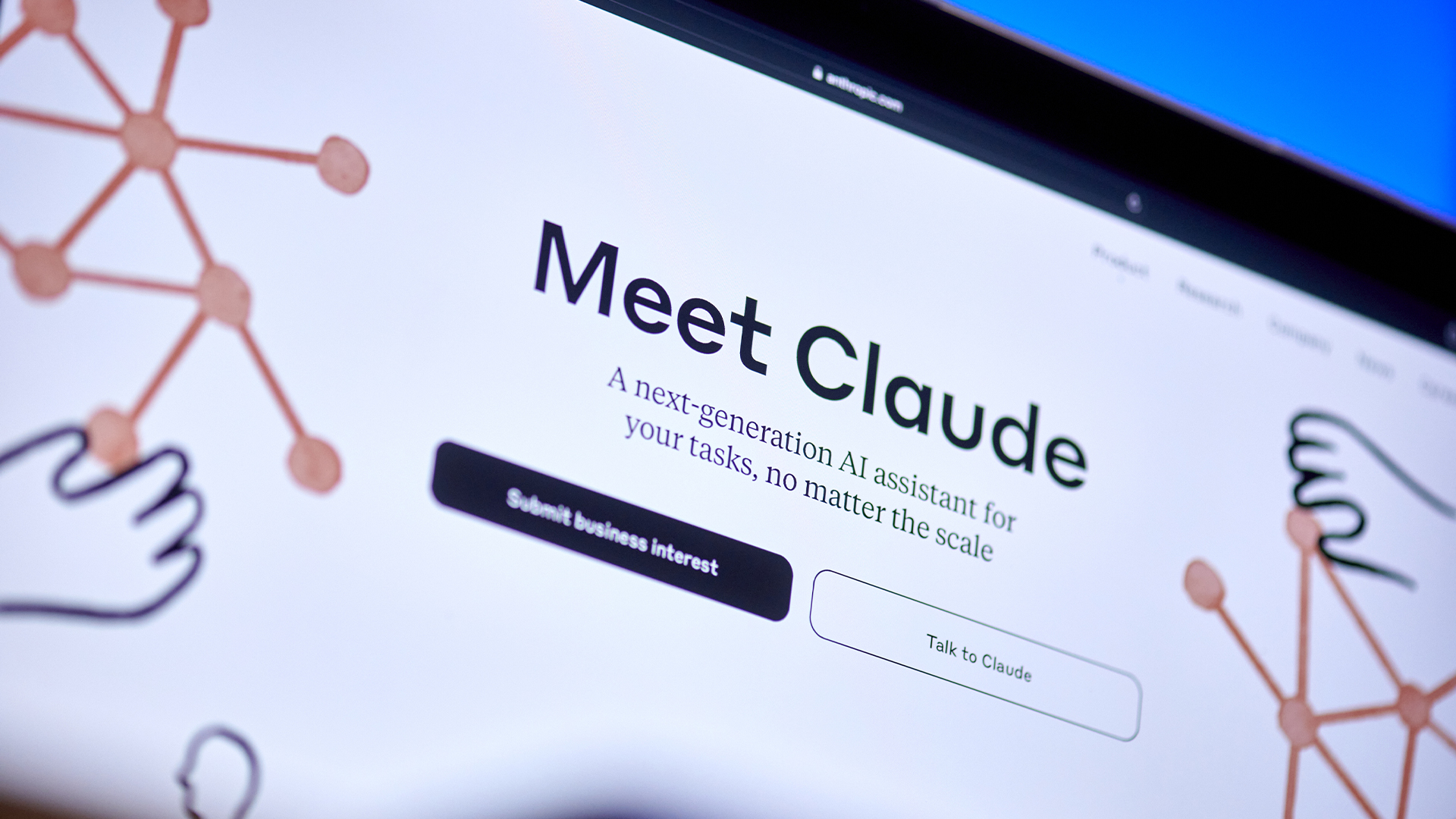 UK government signs up Anthropic to improve public services
UK government signs up Anthropic to improve public servicesNews The UK government has signed a memorandum of understanding with Anthropic to explore how the company's Claude AI assistant could be used to improve access to public services.
By Emma Woollacott
-
 The UK’s AI ambitions face one major hurdle – finding enough home-grown talent
The UK’s AI ambitions face one major hurdle – finding enough home-grown talentNews Research shows UK enterprises are struggling to fill AI roles, raising concerns over the country's ability to meet expectations in the global AI race.
By Emma Woollacott
-
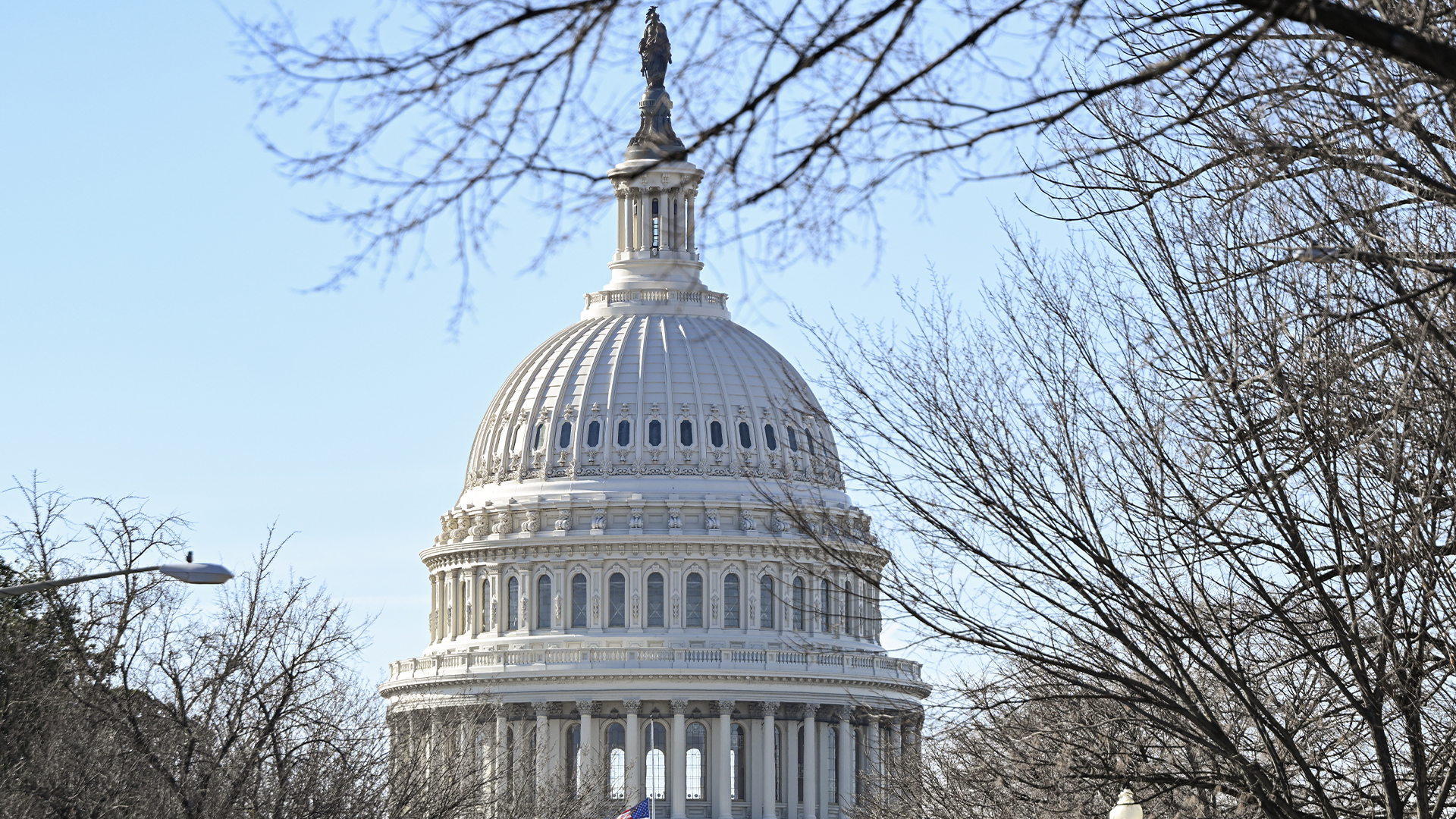 US government urged to overhaul outdated technology
US government urged to overhaul outdated technologyNews A review from the US Government Accountability Office (GAO) has found legacy technology and outdated IT systems are negatively impacting efficiency.
By George Fitzmaurice
-
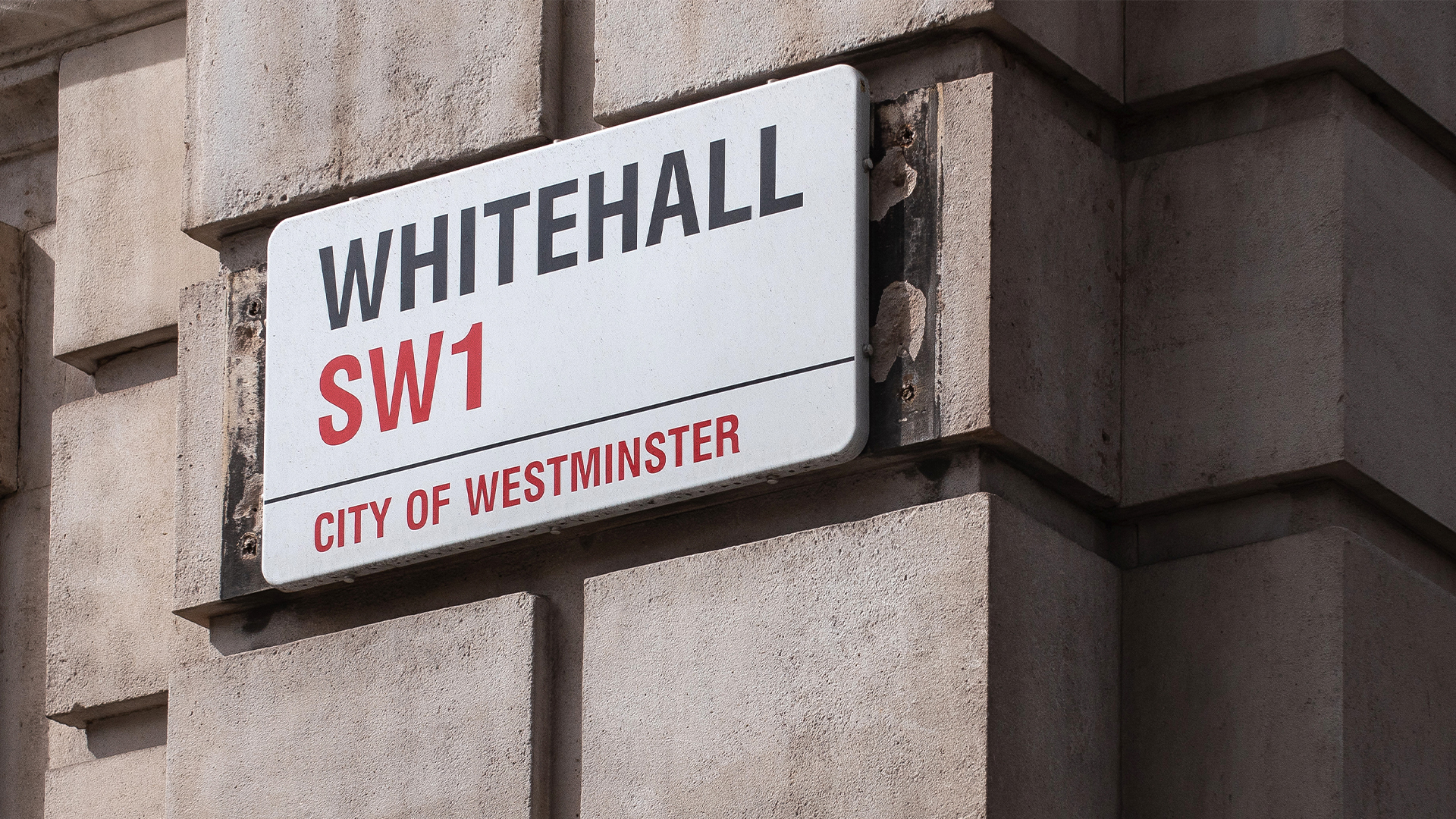 Government urged to improve tech procurement practices
Government urged to improve tech procurement practicesNews The National Audit Office highlighted wasted money and a lack of progress on major digital transformation programmes
By Emma Woollacott
-
 Government says new data bill will free up millions of hours of public sector time
Government says new data bill will free up millions of hours of public sector timeNews The UK government is proposing new data laws it says could free up millions of hours of police and NHS time every year and boost the UK economy by £10 billion.
By Emma Woollacott
-
 Three giant tech challenges the UK’s new government faces right now
Three giant tech challenges the UK’s new government faces right nowOpinion Five years starts now, and there’s not a second to waste
By Steve Ranger